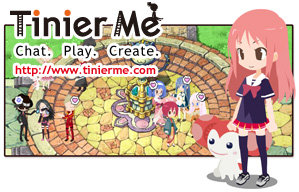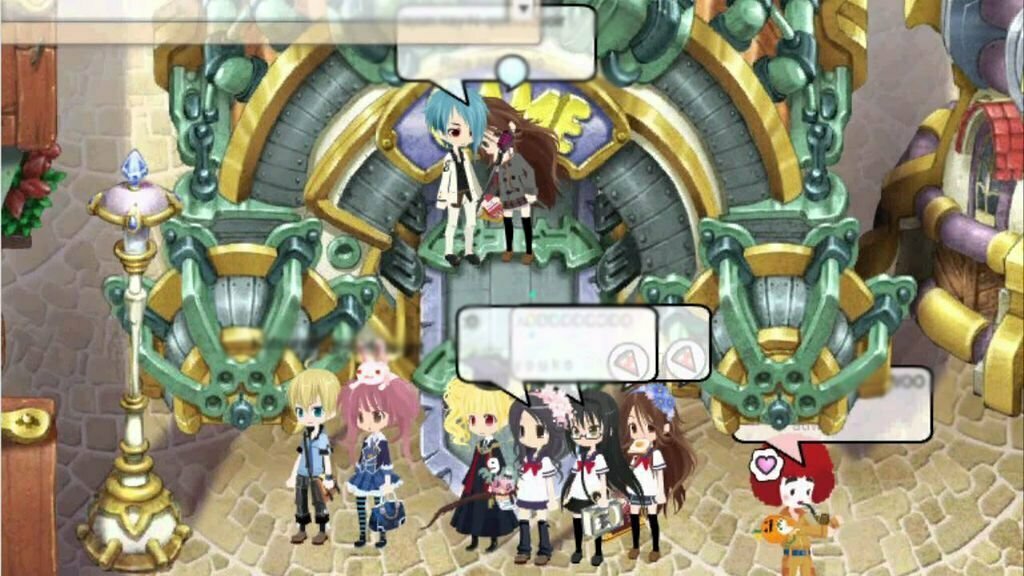



“We aim to implement winning virtual strategies that work for international audiences by taking their values and cultural focus into consideration in our game development,” says a TinierMe representative, keying in on what those values really are. Considering the global expanse of its network (its Japanese version of TinierMe is the company realized early on that it would have to address the many different needs of its disparate population, especially if it wanted to monetize its social gaming platform. They launched in April of this year, amidst a migration of such virtual worlds to Facebook’s platform. TinierMe is a virtual world that’s all-encompassing of this growing culture, with a growing number of US and Philippine users on its site. It’s got its own cultural following, spawning in Japan and all but taking over the world. Seeing how businesses are shaping themselves around these trends is certainly worth looking at. But so much more has happened since then, and the organic development around this virtual market has shed light on how virtual environments are lending to real cash spending, user interaction and fresh marketing campaigns. We all thought Second Life was going to revolutionize brand relations-and it did, in its own way. The incorporation of brand marketing into virtual environments is something I’ve been watching since the early days of the SIMS.

And where there’s money and a large population of users, there’s also marketing. What we’re in the midst of is an economic shift in how and where money is spent, with virtual goods becoming a focal point for many social gaming platforms. But the market behind it is something that’s becoming more and more tangible as the web spans the globe, younger generations integrate it with their upbringing, and payment mechanisms are developed around it. Social gaming is one of those things that we think about when we’re bored, or we see a friend win a new badge on Facebook (so glad to see that trend died down on Twitter).


 0 kommentar(er)
0 kommentar(er)
